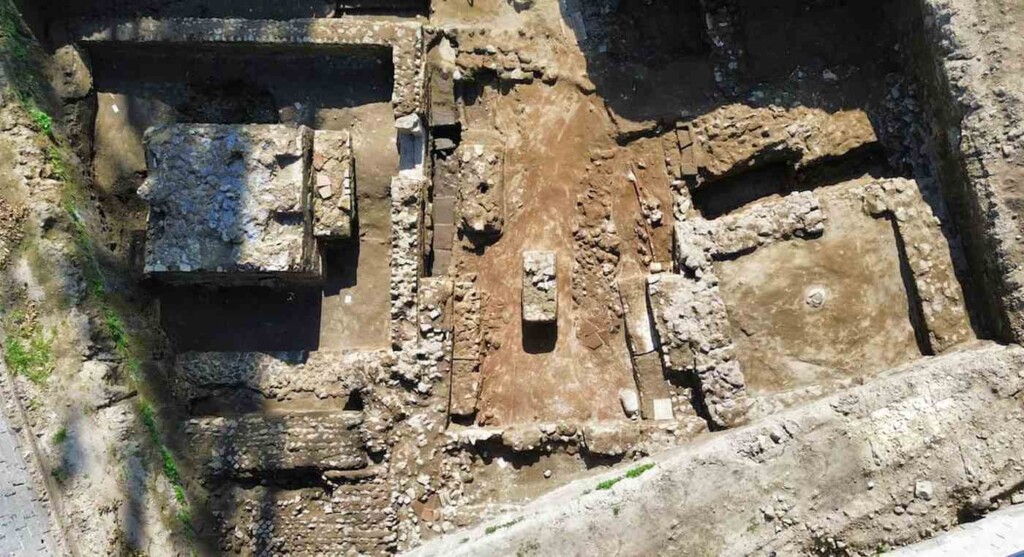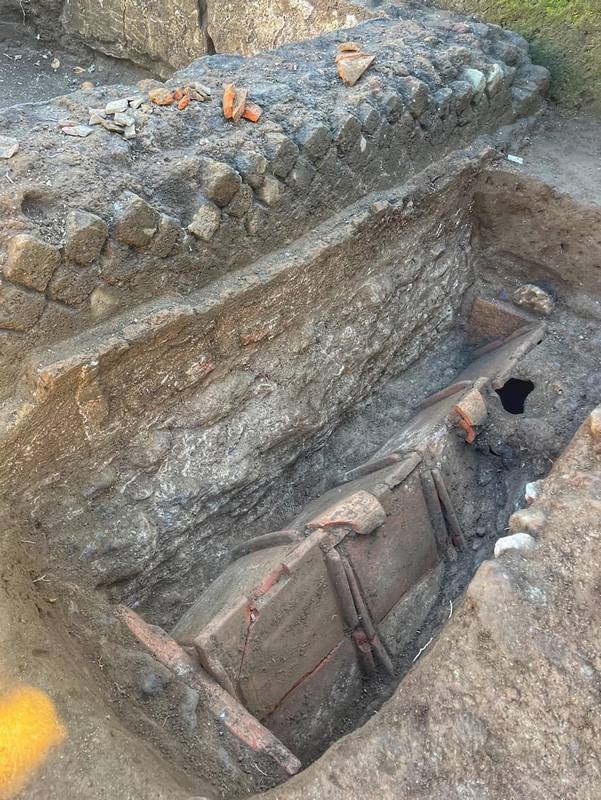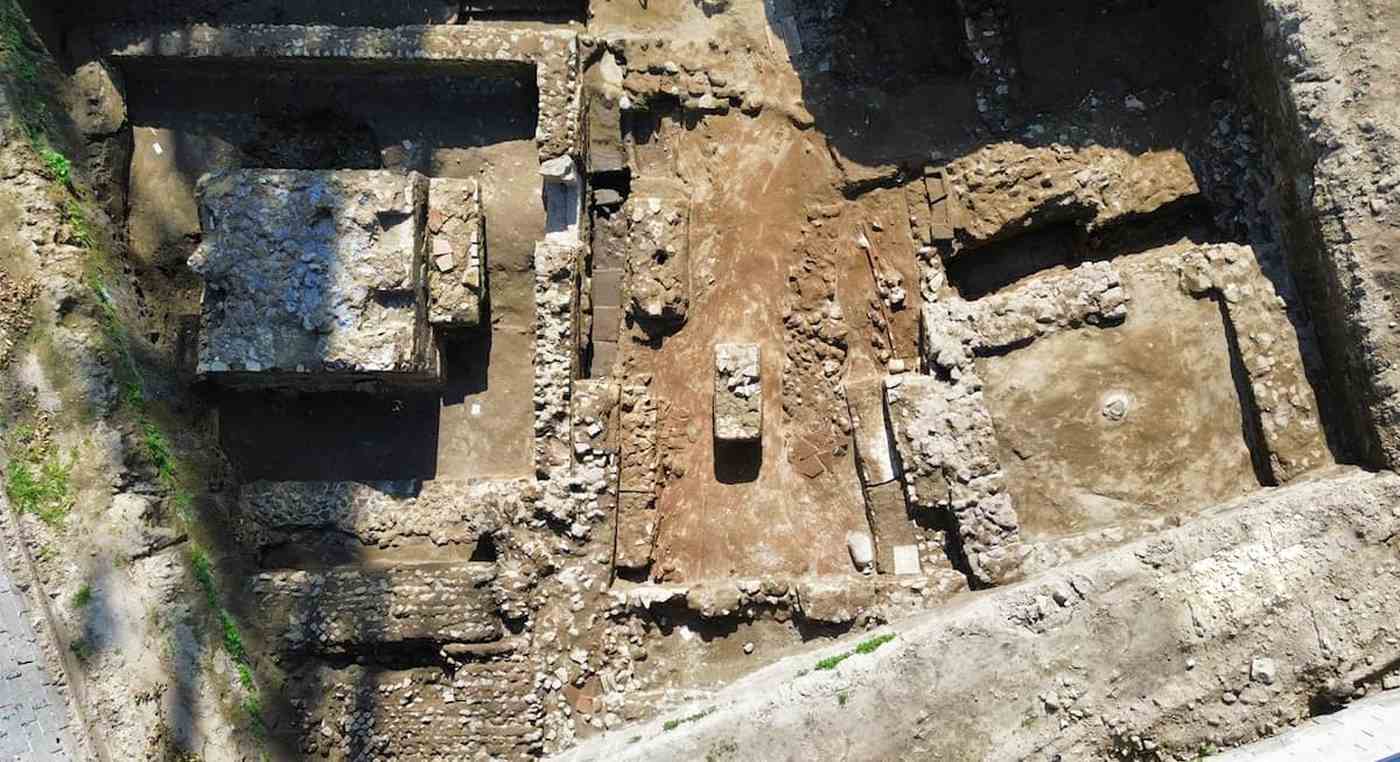
In the southern Italian region of Campania, excavations in a known Roman colony called Liternum have uncovered a necropolis of substantial historic interest containing a gladiator’s tomb bearing an inscription in his honor.
One of the most romanticized of all ancient warrior societies, the mausoleum where the inscription was found suggests that these gladiators could win substantial post-career retirements and posthumous honors.

Located in the present-day municipality of Giugliano in Campania, the site dates to the first century BCE, and saw use as a final resting place well into the middle imperial period some two to three hundred years later.
A release from the Superintendency of Archaeology, Fine Arts, and the Countryside of the Naples Metro Area details that the stratigraphy of the site and the recovery of grave goods including coins, oil lamps, and ceramics, demonstrate how funerary customs changed over the empire’s history.
The necropolis at Liternum consisted of two funerary enclosures, totaling around 1,500 square feet and enclosed in white-washed grey tuff blocks with red detailing.
The deceased were interred there in several ways, including funerary urns set within about 20 plastered niches cut into the walls, large ossuaries, and enclosures on the floor sealed with pitched roofs of terracotta tiles—called “a cappuccina” tombs.
MORE ROMAN DISCOVERIES: Latest Digging from Pompeii Turns Up Large Private Spa Built to Spoil Wealthy Visitors
Among the most relevant discoveries were diverse marble cenotaphs, some of which remained intact, and one in particular that bears the epitaph of a gladiator, documenting the value and memory of these combatants in Roman society, a statement from the Superintendency read.
Its presence in Liternum suggests that the city was home to gladiators who, after their careers in the arena, found their final resting place there.
YOU’LL ALSO ENJOY: Archaeologists Unearth ‘Exceptionally Rare’ Roman Helmet at the Site of ‘Weapon Sacrifice’
“The Giugliano territory is experiencing an extraordinary period of discoveries, first with the Tomb of Cerberus and now with this necropolis,” the Superintendent Mariano Nuzzo said. “The quality of the structures and their excellent state of preservation enrich our understanding of the history of the Liternum colony and deepen the study of the sociocultural context of the time.”
Excavations are still ongoing, and more secrets may yet reveal themselves, perhaps about Liternum’s place on the Via Domitiana, a road that went from Rome to Campania that was known to have been lined with necropoli and tombs.
SHARE This Latest Discovery From The Roman World…




















